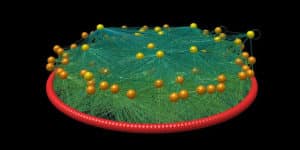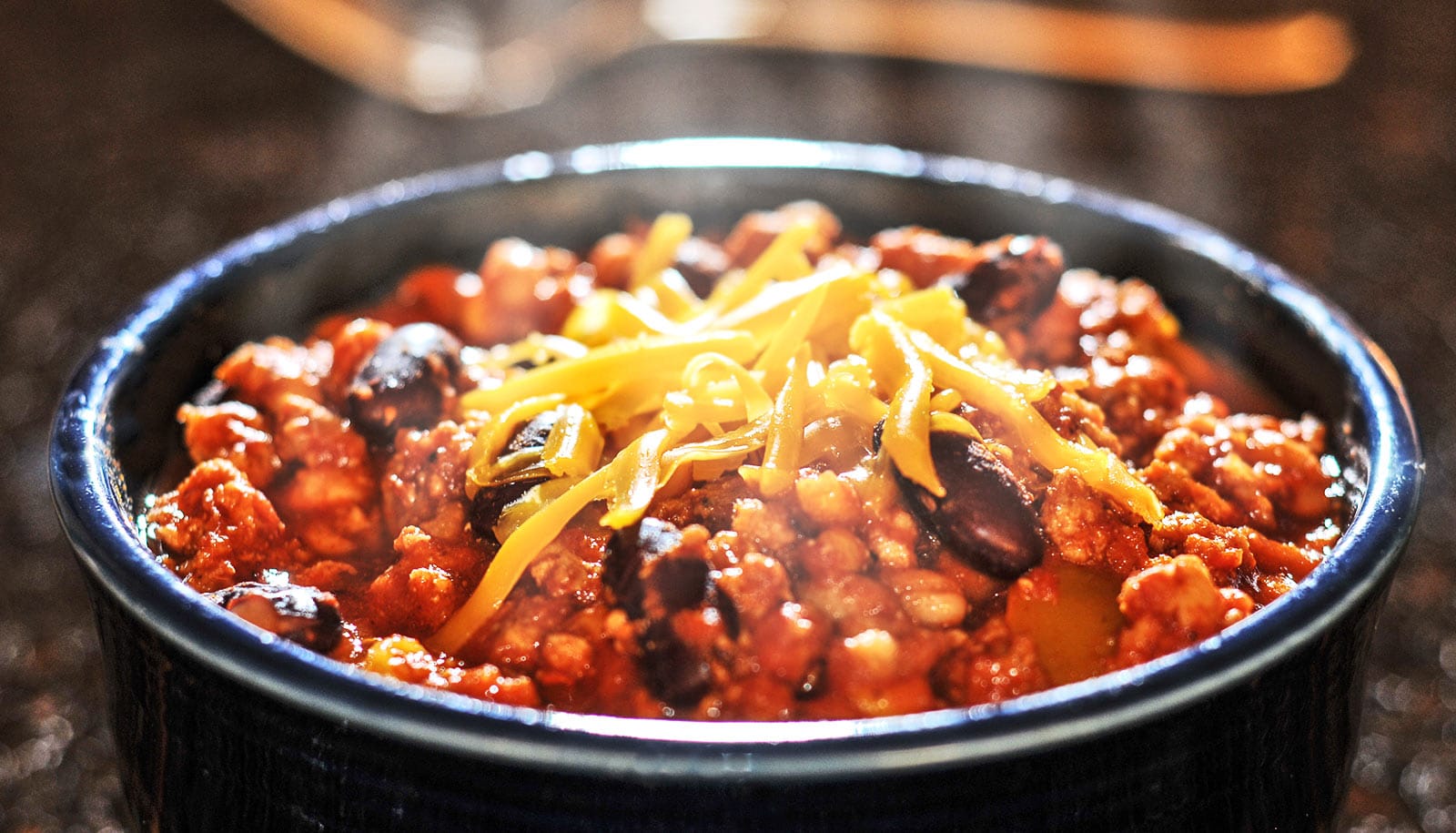Seeing how a new crop or missing animal affects the food web of the Ancestral Puebloan southwestern United States could shed light on the future of our food.
“As southwestern archaeologists, we know that Ancestral Puebloan people were intrinsically connected to the environment,” says Stefani Crabtree, postdoctoral fellow in human behavioral ecology in the anthropology department at Penn State. “But, most food webs have omitted humans.”
Crabtree and colleagues created a digital food web that captures all categories of consumers and consumed, can be defined for specific time periods, and can also represent food webs after major food sources or predators disappear from the area. If an area suddenly becomes devoid of deer or humans or corn, for example, a food web of that situation can show where predators went to find prey, or which prey thrived for lack of a predator.

These knockout food webs—webs missing a specific predator or prey—show the changes and pressures on the food sources substituted for the missing ones, or the changes that occur when pressure is removed by removing a major consumer. The researchers report their results in the Journal of Archaeological Science.
“When people show up in the area around AD 600 they bring corn,” says Crabtree. “It takes a while for critters to get used to it, but eventually, everything that eats vegetation, eats corn and prefers it.”
Humans bringing corn into an area is a major disruption of the existing food web. Planting corn means clearing fields to displace whatever plants and animals were there, creating a high-energy plant source of food and switching plant eaters to the preferred higher-calorie food source.
In the American Southwest, the Ancestral Puebloan people eventually preyed on their deer population enough so that they deer were no longer a reliable source of food. To compensate for this, they began to domesticate turkeys for food. Turkeys need to be fed corn if they are captive and that competes with corn for human consumption. At this time, corn made up 70 to 80 percent of Ancestral Puebloans’ food and so feeding turkeys altered the food web.
Predator and prey
To create the food web, the team identified all the common, noninvasive species in the area. They then added species that were found in archaeological sites, but were absent from the modern lists. The overall food web had 334 nodes representing species or order-level functional groups with 11,344 links between predator and prey.
The researchers realize that there are differences in the environment between now and the Ancestral Puebloan period, but many things, such as pinon-juniper woodlands and sage flats are the same. Enough similarity exists for this approach to work.
Predator and prey should recover together
The team did not produce just one overall food web, but also food webs corresponding to three archaeological locations and three time periods of Ancestral Pueblo occupation in the area—Grass Mesa Pueblo for Pueblo I, Albert Porter Pueblo for Pueblo II, and Sand Canyon Pueblo for Pueblo III. They began with using archaeological assemblages from these sites incorporating all human prey and all human predators into the food web. Then they included the prey of the primary prey of humans and then predators of these human-prey species. Prey, in this case, includes animals, insects, and plants.
When creating knockout food webs, the researchers included only those species that were found in reasonable quantities in the archaeological assemblages at those times.
“Knockout food webs are one of the best ways to understand how people interact with the environment,” says Crabtree. “Because we can remove something, predator or prey, and see what would happen.”
Where will we go?
When major changes in climate variables such as drought, heat, and lack of snowpack enter in, the balance in the food web may become unstable. When food becomes scarce, most mobile creatures, animals, and insects move to another location. During the time of the Ancestral Puebloans, this was possible and eventually, these people moved to the area of the Rio Grande in New Mexico and other places in New Mexico and Arizona.
To fight climate change, try one of these diets?
“We didn’t have a long-term plan during the 600 years of Ancestral Pueblo habitation in the Mesa Verde region,” says Crabtree. “We don’t have a long-term plan today either. We don’t even have a four-year plan. Some people are pushing us to look closely at climate change.”
In the past, people migrated, says Crabtree. Unless we figure out better strategies, where are we going to migrate to? We do not have a place to go, she says.
What people plant and eat has a great effect on the environment and on ecosystems. In the end, those choices will affect human survival, according to the researchers.
The National Science Foundation and the Chateaubriand Fellowship funded this research.
Source: Penn State



